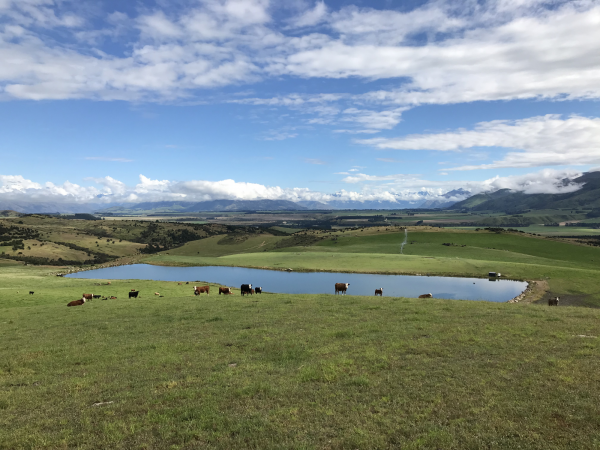On May 12th, 2022, the government released the Building (Dam Safety) Regulations 2022. As the name suggests, these regulations introduce new safety requirements for medium to large dams that will likely affect many dam owners and operators throughout the country.
The regulations come into effect on 13 May 2024, meaning dam owners have roughly 2 years to acquaint themselves with the regulations and take steps to ensure that their dams and associated paperwork are consistent with the regulations prior to them coming into force. The stated intent of the regulations is to introduce a consistent regulatory dam safety framework that will bring the safety of New Zealand dams back up to the level of other OECD countries, which have all had similar regulations in place for some time. Much of the focus of the regulations is on managing the potential risk to people, property and environment in the event of a dam failure.
First things first – do you have a dam on your property? A dam is defined under the Building Act as an artificial structure that holds back water under constant pressure to form a reservoir. This includes instream weirs, out-of-stream reservoirs, and even natural features that have been modified to function as dams or structures that hold back water to a certain extent.
Next – do the regulations apply to your dam? A dam that is subject to the regulations is called a “classifiable dam”. A classifiable dam is:
- 4 or more metres in height and stores 20,000 m3 or more; or
- 1 or more metres in height and stores 40,000 m3 or more.
Dam height is measured from the top of the dam crest to the lowest outside elevation or the dam wall – meaning it is the above-ground height of the dam that matters, not the internal depth.
If your dam is classifiable, you will have up to 3 months after the regs commence (13 May 2024) to submit a potential impact classification (PIC) to the relevant regional authority. This is essentially an assessment of the potential impact a dam might have on the community, infrastructure or the natural environment. In theory, you can determine your dam’s PIC yourself, but if a dam is on the larger side it tends to be more efficient to employ a technical practitioner (such as an engineer) to do it for you. The PIC will then need to be audited and approved by a suitably qualified engineer, and then submitted to the regional authority.
Dams which have a medium or high PIC will have to prepare and submit a dam safety assurance programme within a certain time period. Low-PIC dams are off the hook at this point!
There is plenty more information on the regulations and their roll-out here. Landpro regularly work with dam owners for their permits and approvals, and can help to put you in touch with dam safety specialists who can walk you through the process. Reach out if you’d like us to give you a hand!

